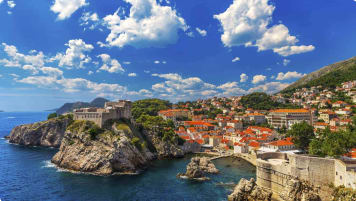A history of medieval Croatia: The Definitive Guide
The ‘unfaithful Croats’: A history of medieval Croatia. When you think of Croatia, what comes to mind? For many travellers it’s a series of vivid colours: the blue of the Adriatic, the yellow beaches of…
13 Aug 19 · 8 mins read
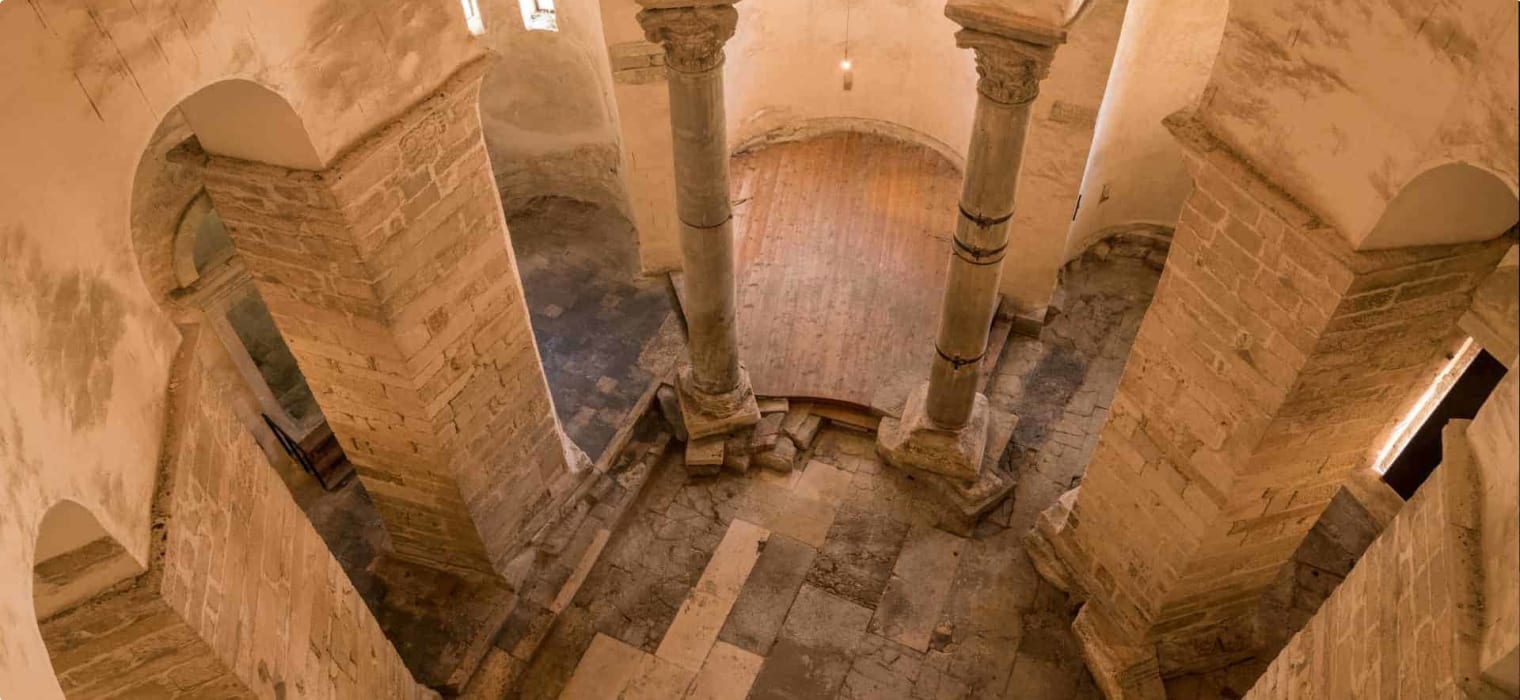
The ‘unfaithful Croats’: A history of medieval Croatia.
When you think of Croatia, what comes to mind? For many travellers it’s a series of vivid colours: the blue of the Adriatic, the yellow beaches of the Dalmatian Coast, the red brick of Dubrovnik. Yet, despite being one of the world’s most visited countries, the beauty of Croatia’s coastline has meant that the country’s fascinating history has often been neglected by travellers.
Long at the crossroads of the Mediterranean’s great powers, Croatia has faced the domination of successive empires – Roman, Byzantine, Venetian, Hungarian and Ottoman (to name only a few) – each of which has left fascinating architectural or cultural legacies. In this article, we will focus in on one important moment in Croatia’s medieval history – the Croatian kingdom lasting from 925-1102, which was the first and, before the 20th century, only period of independence for the Croatian people.
For more information about this period and on the history of Croatia more broadly, we urge you read Marcus Tanner’s Croatia: A History from the Middle Ages to the Present Day, which was used in the writing of this article.
The origins of ‘Croatia’:
In the late Roman Empire, what is now Croatia was part of the Roman province of Illyricum – later divided into Dalmatia and Pannonia – which also encompassed modern-day Bosnia and Herzegovina, Montenegro and Albania. Following the Empire’s partial subjugation of the Illyrian inhabitants of the Dalmatian interior, the region became prosperous and the cities of the Dalmatian coast grew large. Chief among them was the city of Salona, near modern-day Split.
Though under the domain of the Roman Empire, the surrounding countryside never became culturally Roman. It was inhabited primarily by Illyrians and members of other tribes who had been resettled in the region by the Roman government.
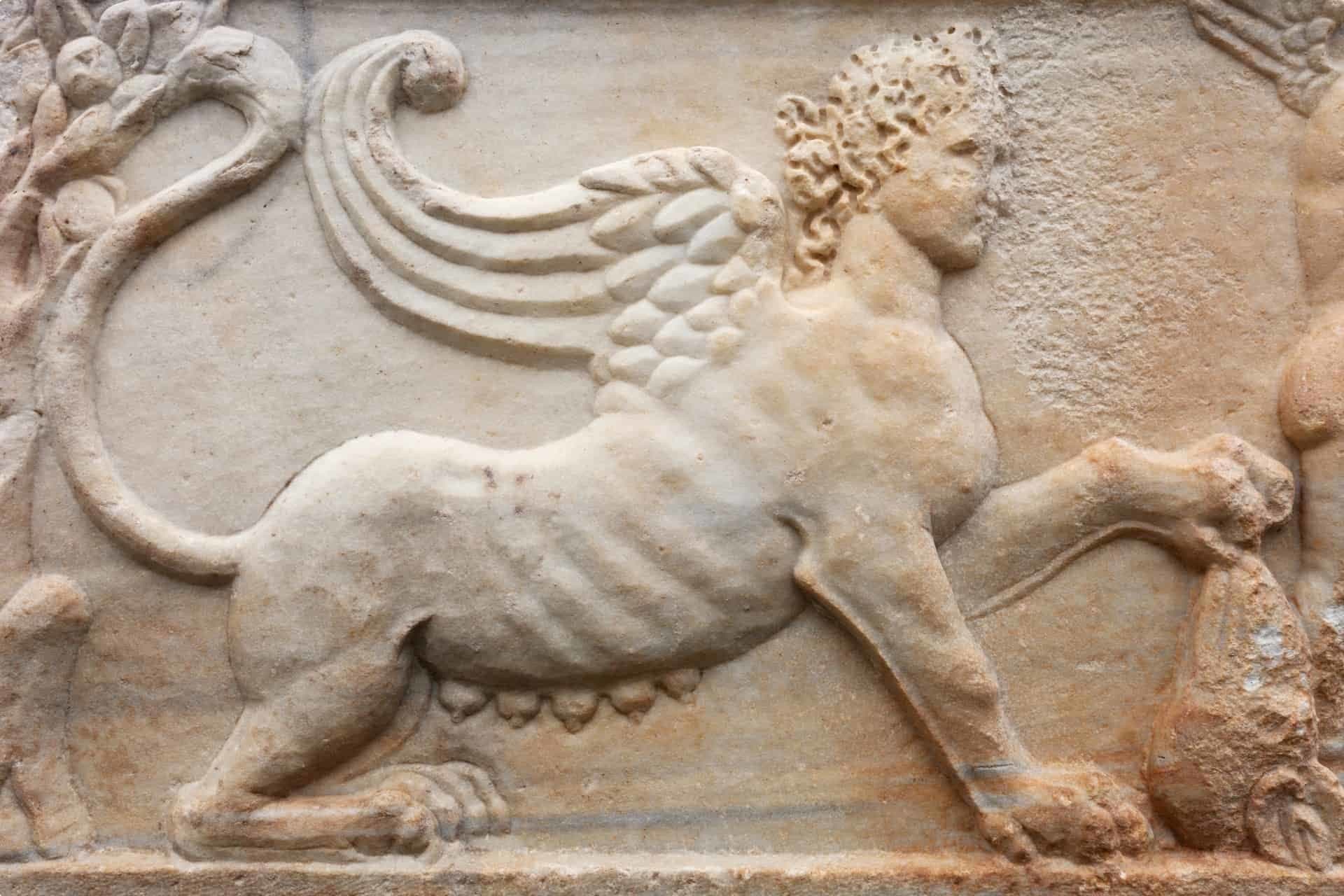
With the decline of the Roman Empire, the region entered a period of long decline and intermittent chaos. When the Roman Empire was divided into two halves in 395, the province of Dalmatia was assigned to the western portion of the empire. In 480 it moved to the eastern Byzantine Empire. While Salona became a significant centre for the emerging religion of Christianity, it was constantly under the threat of raids led by the Avars, a nomadic tribe of unknown origins.
The people known as the Croats began to arrive in what is now Croatia during this period. Since the Croats were illiterate pre-Christianity, little is known about their traditional religion or culture. It is believed that before their arrival in Dalmatia, they had lived alongside other Slavic tribes north of the Carpathian mountains, in today’s Ukraine, Poland, and Belarus. The Croats had little contact with the Romans, as the frontiers of Roman civilisation were far to the south. They were ruled by local princes, and are believed to have practiced a system of hereditary succession or primogeniture. On arrival in Dalmatia, the Croats sometimes participated in Avar raids, while at other times Byzantium’s besieged rulers successfully encouraged them to attack the Avars.
The final destruction of Roman civilisation in the region occurred with the Avar raid on Salona, believed to have occurred between 614 and 630. The devastation was such that the city’s inhabitants fled to Adriatic islands off the coast. When peace of sorts returned, many of them returned to the mainland, moving into the ruined palace of the Emperor Diocletian, who had ruled 300 years prior.
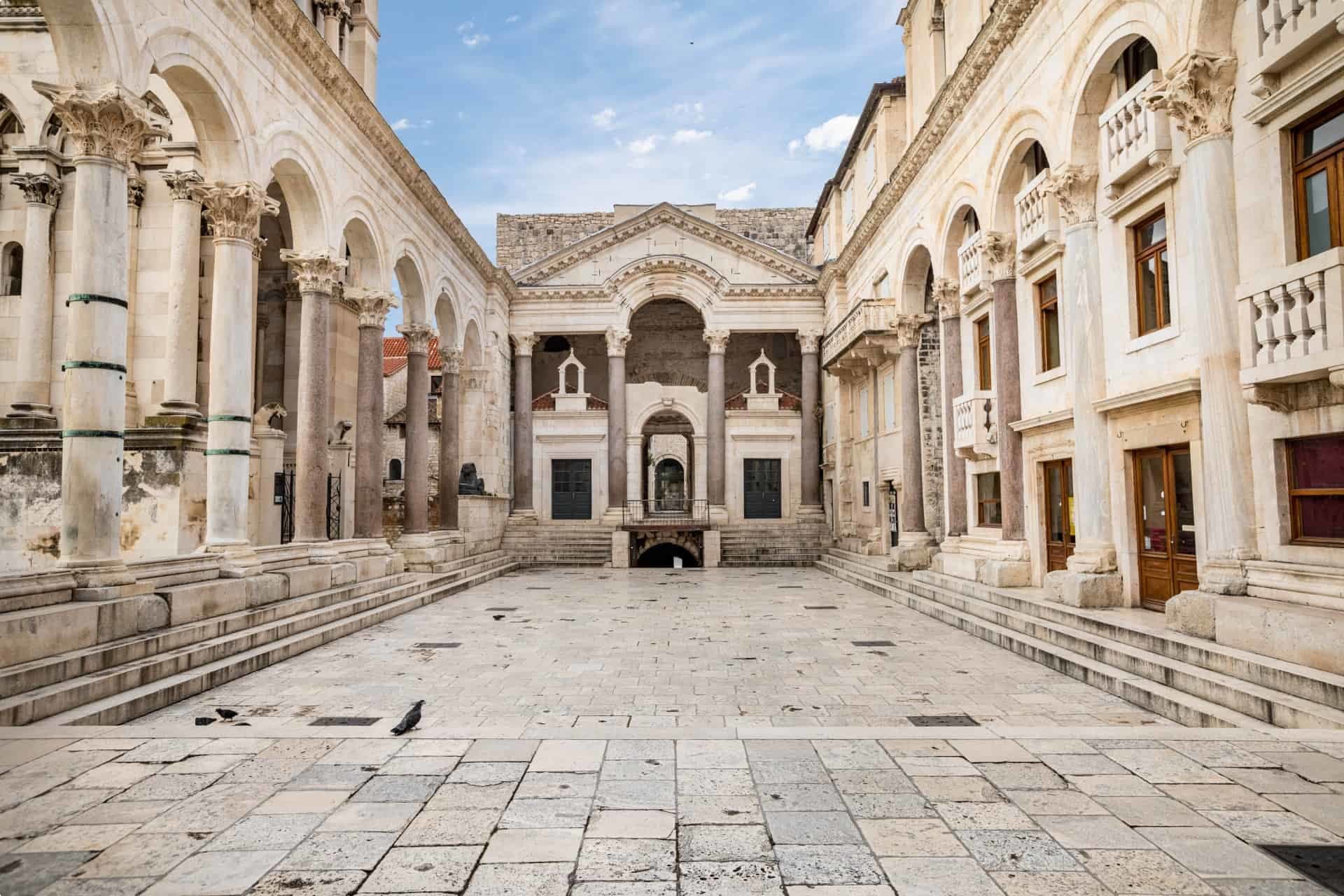
Inside Diocletian’s vast walls, reception halls and libraries, they created the city of Split, building homes and establishing businesses within the ruins of the palace. Diocletian had been notorious as a persecutor of Christians, so the Christian settlers in his palace turned his mausoleum into a cathedral and dedicated it to the Bishop Domnius of Salona, one of the victims of Diocletian’s purges.
Following the sacking of Salona, the region settled down. By this point the Croats had spread to the coast, settling outside of the new settlements of Split and Dubrovnik. Unlike the Avars, they did not attack these outposts, but instead imitated and tried to absorb them.
In subsequent decades, the Byzantine Empire recovered its strength and began to exert influence on the new Dalmatian cities and the rural Croatian clans. In 678, the Croatians accepted the lordship of the Emperor Constantine II Pogonatus. In 800, under the rule of Charlemagne, areas of Dalmatia were added to the Frankish Empire. Under Frankish rule the majority of Croatians became Christian for the first time.
An independent Croatian kingdom:
When Charlemagne was succeeded by his son, Louis the Pious, northern Croatia rose up in rebellion. While this rebellion was squashed, the Dukedom of Croatia and Dalmatia was established, which became independent under the rule of Mislav (835-45). The Dukedom expanded rapidly, and the Croats developed a unique culture. Churches were built in a distinctive style, displaying a Celtic influence, that incorporated the decorative use of winding and interwoven patterns carved onto stone. By contrast, tombs reveal that personal fashions were more Byzantine, with women dressing in heavy gold earrings and jewelry. During this period, Croatia also developed into a feudal society. Class divisions increased, replacing the primitive democracy of tribal society.
Under Tomislav (910-929), the Croatian state reached its zenith. He united Dalmatia with Pannonia and upgraded his title to that of King with the permission of the Pope – meaning that he became ruler of a region expanding well beyond Croatia into today’s Bosnia and Montenegro. Tomislav allied with Byzantium to defeat Bulgaria, with the result that the Dalmatian cities and islands, still under Byzantine rule, were ceded to the kingdom. Croatia became influential: Porphyrogenitus, the Byzantine Emperor at the time, estimated that Tomislav could field an army of over 100 000 foot soldiers and had a fleet only a little smaller than that of Venice’s. While his estimate was certainly an exaggeration, it is nonetheless testament to the extent that Croatia was seen as a military power.
Religious struggle:
Tomislav’s influence masked underlying tensions of religion, ethnicity and history. During his reign, an ecclesiastical struggle broke out between Grgur, bishop of Nin, and the archbishopric of Split. At the core of the dispute was the use of the Croatian vernacular and the Glagolitic script by Grgur.
The Glagolitic script was developed by the Saints Cyril and Methodius in order to provide a written language for Slavic dialects, and thus further the introduction of Christianity. Though the script was soon rejected in Moravia, its intended destination, it gained a foothold in Croatia, particularly in the mostly-Slavic bishropic of Nin. The use of vernacular language and Glagolitic script became popular among the expanding number of Croat priests and was championed by Grgur in particular. Grgur also had expansionist aims for his bishopric, which he hoped would become the leading see in the Croatian church, dominating the coastal cities.
Conversely, the coastal cities cherished their direct ties to Rome and saw the Slav bishops of the interior as upstarts.

In response, the archbishops of Split insisted on the ‘apostolic’ status of their see, claiming that St. Peter had sent St. Dominus to Salona. Pope John X sided with the Split bishops, but recognising the power of the Slavs, he called a Synod in Split in 925 to decide the issue. Given that there were several Latin bishops and only one Slav – Grgur – the result was a foregone conclusion. Split became the metropolitan see and services in the vernacular were prohibited except in areas where there were no clergy who knew Latin. A second synod, in 928, upheld the decision and Grgur fell into obscurity.
Following the rupture between Rome and Constantinople in 1054, the papacy became all the more hostile towards the vernacular. In 1057 the Slav clergy on the island of Krk revolted, expelling the Latin bishop and installing one of their own. The rising was put down with the help of the King Petar Krešimir and the leader of the rebels was brought to Dalmatia to be tortured and killed. In 1060, a third synod ordered draconian measures against clergy who wore beards, said mass in the vernacular, and used the Glagolitic script.
Glagolitic fell out of favour everywhere else in Europe, with Cyril and Methodius’s disciples adopting the (confusingly named) Cyrillic script, which is now used for most Slavic languages. However, it continued to be used in Croatia (for both church and secular writing) until the early 19th century, when it was finally superseded by the Latin script.
With the rise of Croatian nationalism in the 19th century, Grgur came to be regarded as a national hero. In 1929, an 8.5 metre statue of Grgur was erected in Split and is today a popular tourist destination.

The ‘Curse of Zvonimir’:
Following the synods, the powerful bishops of the Dalmatian cities of Split and Zadar essentially ruled their cities as independent domains. Moreover, the sense that inhabitants of the cities and Croats were distinct was reinforced, furthering ongoing divisions. This was not lost on Hungary to the north or Venice to the west, both of which soon began to encroach on Croatian territory.
Following the death of Petar Krešimir in 1074, the kingdom was plunged into warfare between various factions. The winner was a governor from northern Croatia, who took the title King Zvonimir.
In a controversial decision, Zvonimir was crowned by papal legate – and in turn placed Croatia under papal sovereignty. Zvonimir has since been portrayed as a notorious ‘betrayer’ of the Croatian people, who was murdered by his own nobles at an assembly near Knin, after failing to persuade them to go on a papal crusade. The legend holds that as he died, Zvonimir:
‘cursed the unfaithful Croats and their descendants before God and all the saints for his violent death, saying the Croats should never again have a ruler of their own tongue but should always be under foreign rule.’
In reality, Zvonimir’s move was purely pragmatic and posed no real threat to Croatian independence. He died in 1089, with no evidence that he was murdered.
Nonetheless, following Zvonimir’s reign, most of Croatia came under the rule of Hungary, with the exception of certain Dalmatian cities. Beginning in 1102, Hungarian – and then Austro-Hungarian – rule would last until 1918.
Legacies of the Kingdom of Croatia:
The legacies of this turbulent period of Croatian history are still visible today. Even today, the ruins of Diocletian’s Palace are the living hub of Split, packed with bars, shops, restaurants, and even houses, all built within the walls of the palace.
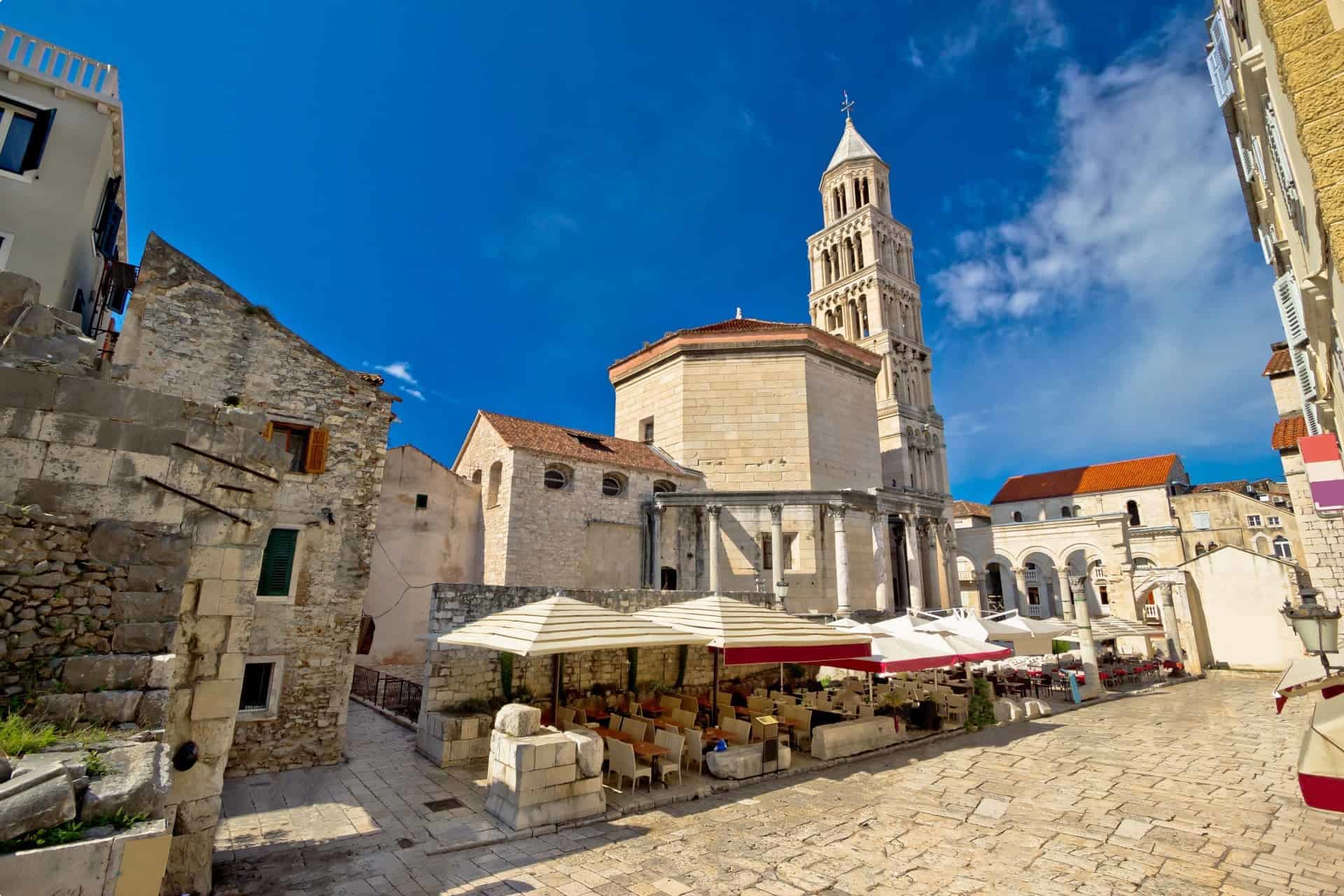
The original colonnade of the Cathedral of St. Domnius (built on Diocletian’s tomb by early Christians) remains, augmented by a Romanesque bell tower between the 13th and 16th centuries (and reconstructed in 1908). Even older is St. Martin’s Church, a tiny church built in a guardhouse of the original building in the 6th century, with a pre-Romanesque alter dating from the 11th century. The nearby ruins of Salona are also open to tourists, featuring a huge 2nd-century amphitheatre, a 1st century city gate, and a 5th century cathedral.

While most early Croatian buildings were destroyed in the Mongol invasion of the 13th century, some examples remain. Zadar, once an important Adriatic city, is home to St. Donatus’ Church, a circular Byzantine-style building dating to the 9th century.

Grgur’s hometown, Nin, is home to the Church of the Holy Cross, dating to between the 9th and 11th centuries, and was used to ordain the Croatian Kings. Called the ‘smallest cathedral in the world’, it is a modest white building, with a minimally decorated interior. The building’s design is more complex than it looks, however. It was laid out so that the rays of the setting sun would fall on the baptismal font on the feast day of St. Ambrose, the patron saint of the Benedictines of Nin.

If this article has made you interested in exploring Croatia’s history further, why not join an Odyssey Tour? For an in-depth look, try the 19-day History of Croatia tour, which delves not just into medieval Croatia, but its fascinating Roman and modern histories. For a more varied experience, we offer a broader tour of the Balkans, and the European Cities winter tour, which includes Dubrovnik, Zadar and elegant Opatija, along with stops in Italy, Macedonia, Albania, and Greece.
Related Tours

19 days
AugHistory of Croatia small group tours for senior travellers
Visiting Croatia
Spend 19 days touring Croatia, starting in Zagreb then travel south following the coast, where trade and the influences of the outside world made its mark. Travelling with like minded people in our small group we will explore the country in depth with great local guides and stay in key historical area such as Porec, Zagreb and Dubrovnik.
From A$14,295 AUD
View Tour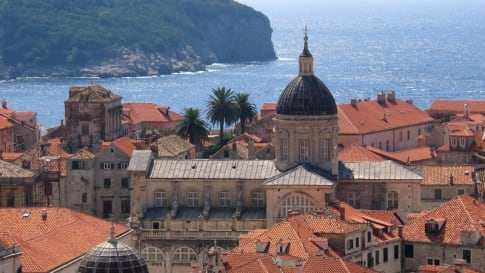
19 days
SepBalkans escorted small group tour
Visiting Albania, Bosnia and Herzegovina, Croatia
An 19 day small group tour tour takes you deep into the the Balkan Peninsula. Starting in Dubrovnik, travel through Croatia, Bosnia & Herzegovina, Serbia, Macedonia and Albania before returning to Dubrovnik.
From A$12,650 AUD
View Tour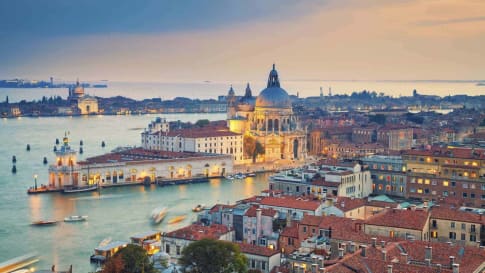
27 days
DecEuropean Cities Small Group History and Cultural Winter Tour
Visiting Albania, Croatia
An escorted tour A Journey that commences in Rome and takes in 12 destinations along its journey to Athens. This is an off season small group journey with like minded people. A small group tour across Southern Europe with local guides sharing authentic in-country authentic experiences for mature couples and solo travellers.
From A$17,295 AUD
View Tour